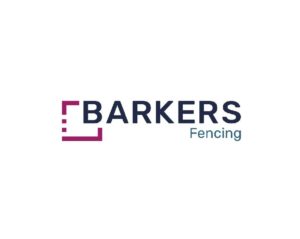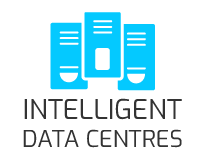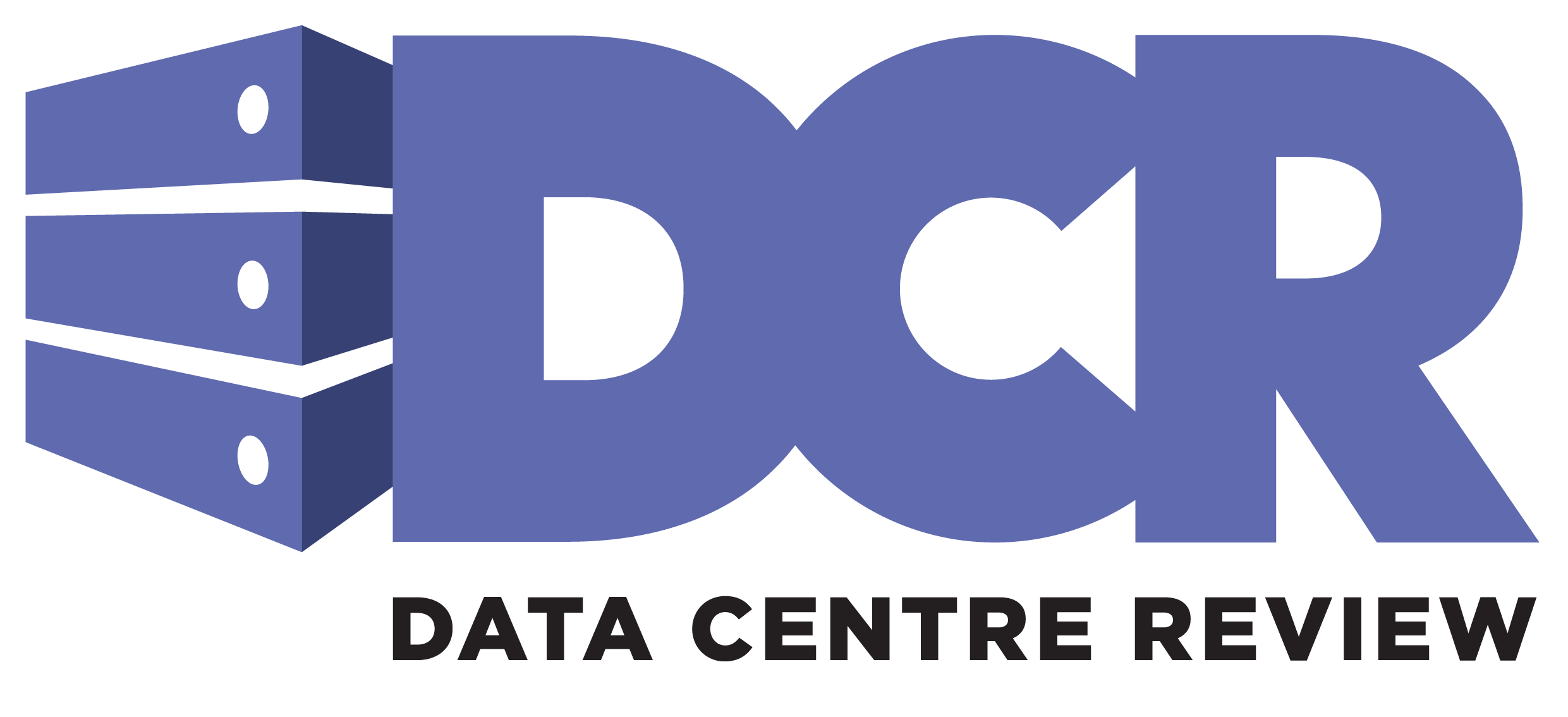When it comes to specifying a security fence for your data centre, it is important to take a number of things into consideration, such as budget, location and perceived threat.
However, there are a number of things specifiers don’t think about and simply overlook, often at the expense of the customer. Such things may cause delay or issues when it comes to construction.
In this blog, we will highlight 4 considerations that should be taken when specifying high-security fencing for your data centre.
These being, what data centre, perimeter barriers, smart surveillance and front gate security.
Read on to find out more…
Consideration 1: “What Data Centre?”
One first consideration for your data centre security should be “what data is being protected?”. Understandably some data will need more protection than others.
A data centre holding governmental or privilege data will require a high investment in its security as if the data is stolen or damaged it could have a catastrophic impact on governments, blue-chip businesses and reputations.
The environment will also need to be taken into consideration. What are the threats? Is the threat an intruder or a hostile vehicle?
All data centres will need different considerations when it comes to their security fencing requirements. Book a free consultation to discuss your requirements.
Consideration 2: How to mitigate the threats
A secure perimeter is crucial for a data centre. The sensitive information inside means entry needs to be monitored, authorised and managed. What kind of security fence depends on the threats you are mitigating.
Using perimeter fencing allows you to funnel all traffic into your data centre from a single point, allowing you to keep records as well as control who goes in and out.
Using security fencing helps facilitate this as it cuts off any other access points to your data centre, Therefore, making access only possible through designated points of the site.
You may be using smart surveillance such as CCTV cameras, so you may be wondering how important security fencing will be. The main reasoning behind security fencing is to delay and deter. CCTV will add another deterrent and will alert security to an issue, but it won’t increase the time security have to stop an attack.
If you are protecting valuable data, we recommend LPS 1175 B3 (SR2) rated fencing and above to deter attackers in the first instance, but if an attack happens the fence creates enough delay for security to intervene.
However, all data centres have different threats and will require different solutions, so it is important to carry out a risk assessment.
Consideration 3: Site requirements
Next, it’s time to consider the surroundings, ground conditions and build constraints. Different security fencing systems lend themselves to certain environments.
Mesh is often considered more aesthetically pleasing, however, it can’t cope with sloping or even ground due to its rigid mesh panels. Read our impartial comparison of security palisade and security mesh fencing.
Consideration 4: Entrance security
Along with a secure perimeter it’s important to control ingress and egress and the functionality requirements.
For vehicle entry you can consider:
For pedestrian entry, you have the option of PedGuard, manual ped gates or TurnGuard Turnstiles.
Conclusion
It is important to take all of these aspects into consideration when specifying your security fence for your data centre. Careful consideration of these points may end up saving you money and hassle in the future.
If you’re still unsure about your fencing requirements, book a free consultation. Barkers would be happy to assist you in finding the right security fence to fit your data centre needs.
![DCI24_2000x554[8]](https://www.datacentres-ireland.com/wp-content/uploads/sites/102/2023/11/DCI24_2000x5548.png)






















